This piece measures 142 cm wide by 220 cm long.
Origin, Persia (Iran) of the 19th century, created under the Kadjar dynasty.
This type of antique Senneh rug is found very rarely, but even more rarely when they are so abundantly worked, the fields often being composed of a repetitive decoration.
The brick-colored niche or mirhab is decorated with stairs, it is placed on a putty-colored bed tending towards almond green.
A scattering of multicolored flowers, stylized tarantulas and a large tree of life in the center makes up the decor.
Commonly called Kilims, these sumptuous rugs are flat woven in wool and colored with natural dyes of vegetable and mineral origin.
These are traditional Kilims from the Northwest of Iran.
## We find practically the same shades of this piece in the Anatolian Obruk rugs, Turkey, of which we have several models on our Proantic gallery (see the last two photos).
We present two of them to you:
kilim Obruk 96 x 136 cm: 1280€
kilim Obruk 140 x 197 cm: 2450€
Very appreciated and coveted, they have cheerful and fresh colors on ethnic patterns of regularly geometric shapes.
The wools used are always of a very high quality.
Our model has a beautiful size, its borders and selvedges are in good condition, as well than the entire field of the carpet.
The shades of brick, orange, putty, almond green, ivory, black, pale blue remain particularly bright.
The patterns are abundant which is extremely rare.
They are generally stylized, flowers, characters, birds, insects .... many "S" symbolize God, a pattern used especially in the Caucasus, close, and which also has the meaning of "Dragon of good omen".
The kilim is a wool carpet, woven in low warp.
It is a specific artisanal product of the nomadic Muslim peoples, in particular of Anatolia, Iran and the Caucasus.
The kilim, also spelled klim or kélim (word of Turkish origin), is a carpet without velvet because it is embroidered instead of being knotted.
The kilim is made in various cities of Anatolia and Iran.
Its name, which comes from the Persian gelim, is used to designate a flat-point wool carpet that is found mainly in the Near East, in the Caucasus as well as in Central Asia and which saw the light of day nearly 10,000 years ago!
Kilims have their meaning. They emanate a strong identity tracing the memory of the sedentary, nomadic and semi-nomadic peoples who make them.
A style, an identity characterizes a tribe, a village: fiery or sober colors, complex or refined patterns depending on the region.
The patterns correspond to an ancestral symbolic writing inherited from shamanistic beliefs.
The geometry of the patterns and their ethnic tone characterize their DNA coming from the dawn of time.
The kilim originally served as an interior stole, a blanket, a prayer mat or a carpet protecting the floor of mosques and yurts.
## The Kadjar dynasty or the Kadjars: (Qājār, Qadjar, Qajar, Persian: قاجار ) is a Turkmen dynasty which reigns over Iran from 1786 to 1925.
This dynasty, established on the shores of the Caspian Sea since the Mongol invasions, reigned over Iran from 1789 until its deposition by parliament in 1925.
# Many museums of Islamic art or carpet museums around the world present pieces of this quality.
Similar designs to our rug are found in Golestan Palace Museum, Tehran Carpet Museum, Iran and other museums and collections around the world. Nowadays, it can be used on the floor, walls, sofa throws, headboards or curtains.
An artifact like this deserves a prime floor space or a wall space, like a modern art painting.
Dimensions: Width: 142 cm (56") x Length: 220 cm (86")
This rug has been professionally and environmentally friendly cleaned.
FREE SHIPPING FOR FRANCE 0€ / EUROPE 25€ / WORLD 50€
For more information you can reach me at 06 13 36 09 30 7/7 or by email at winsteinprovence@gmail.com, thank you in advance.
More photos on request.
www.winsteinprovence.com
I will provide a full report on this piece.
COME VISIT US!




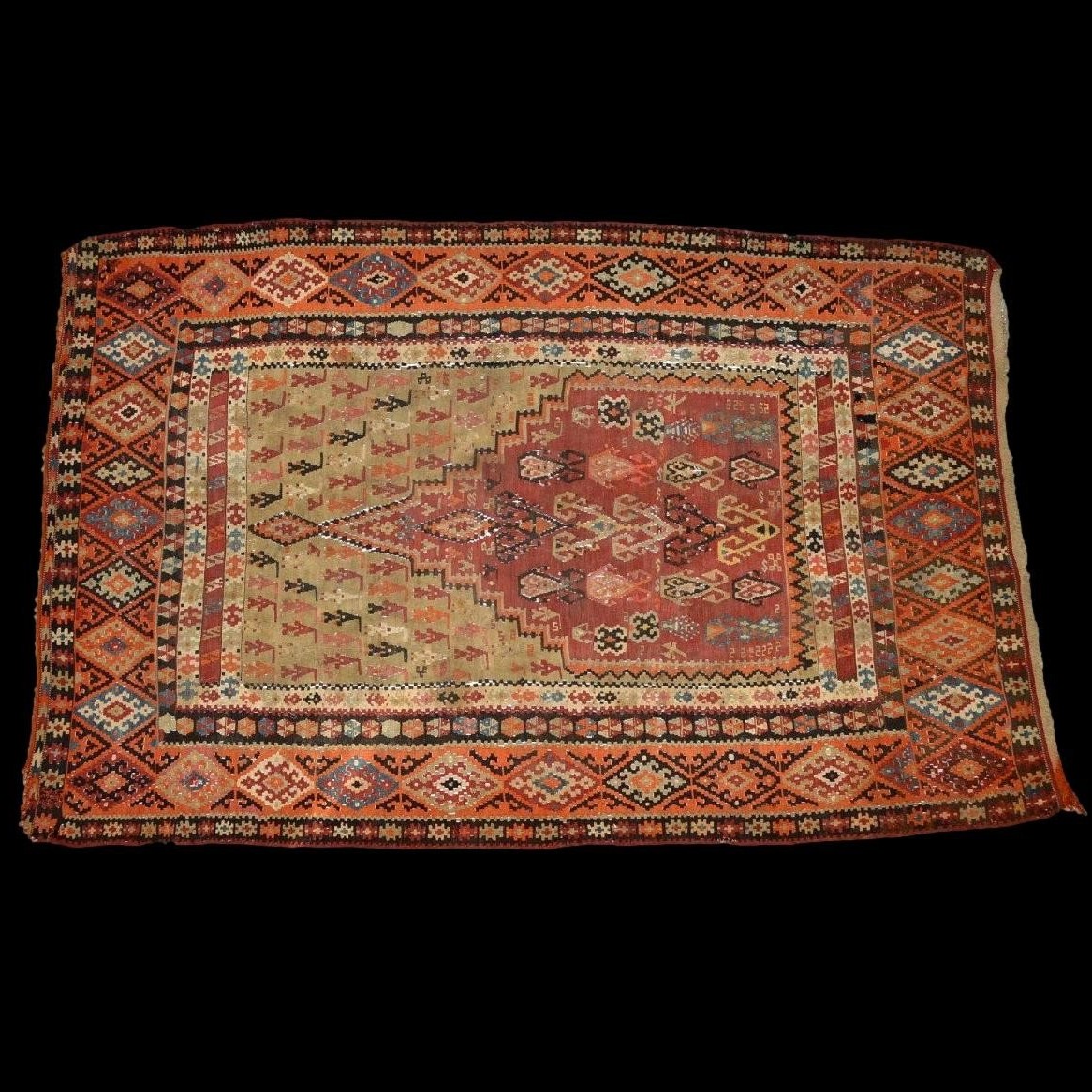
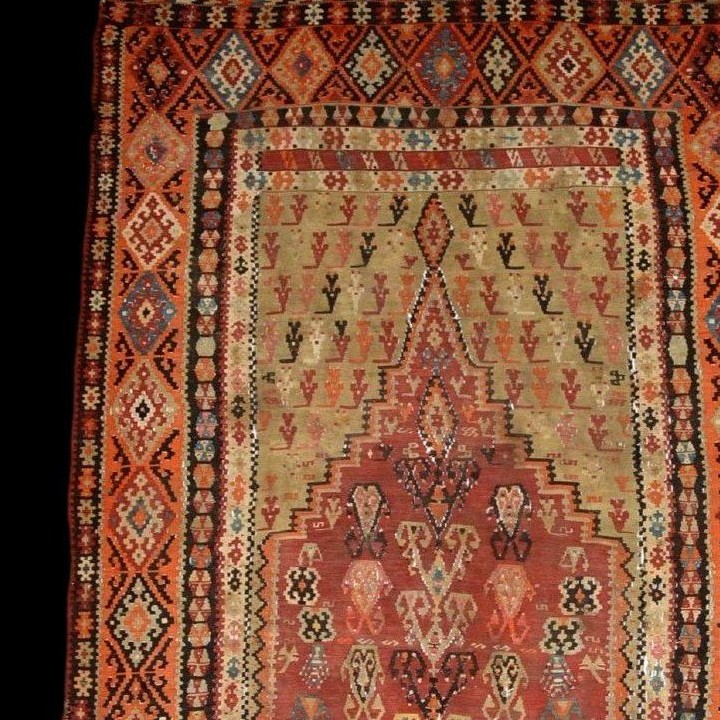


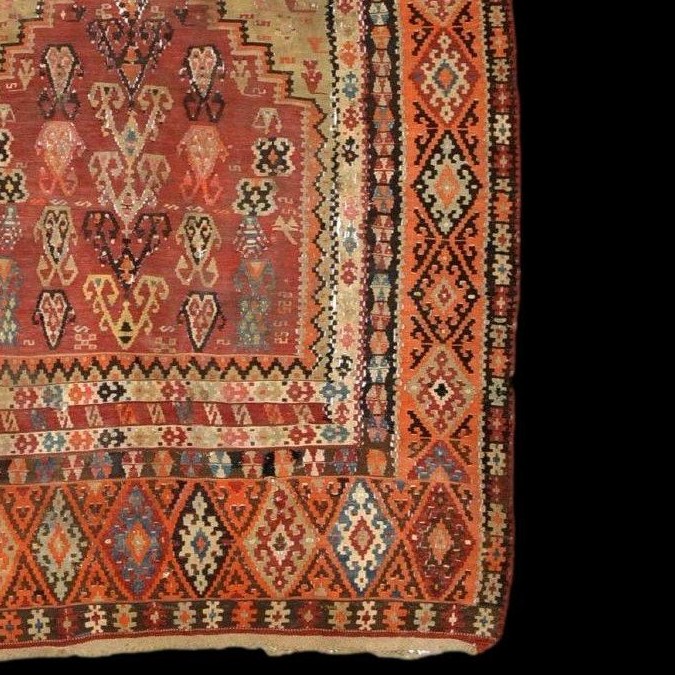
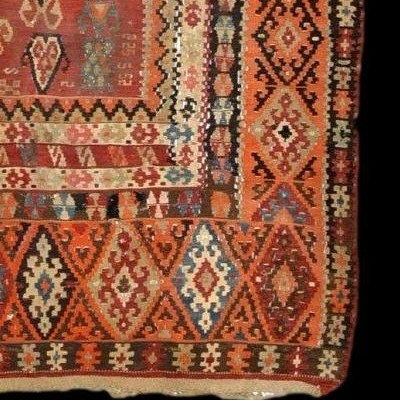
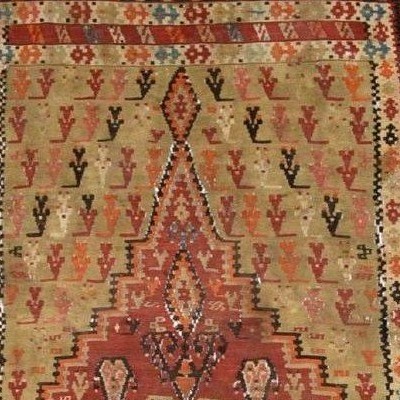
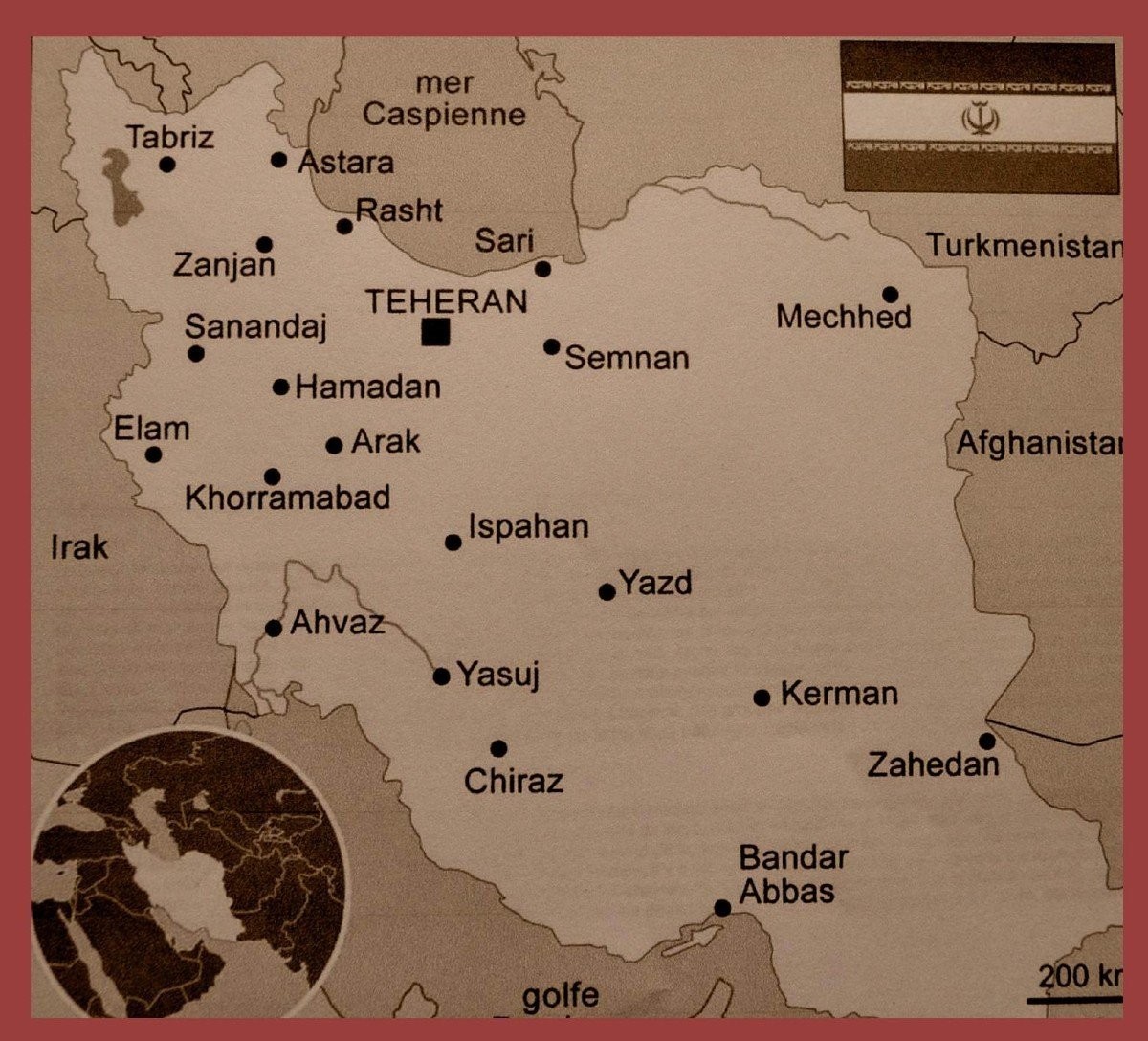
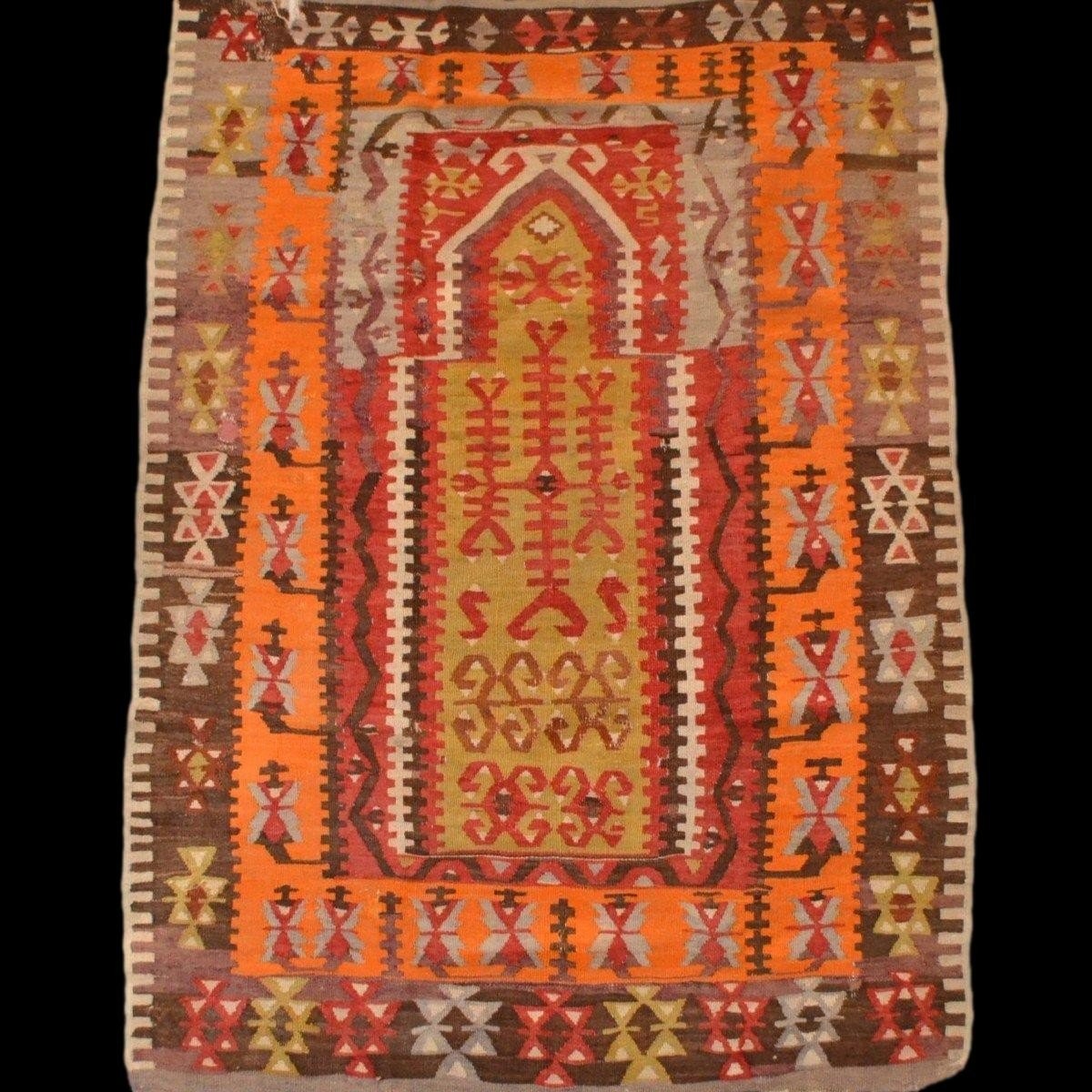















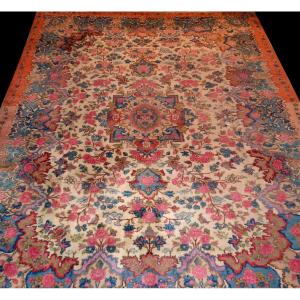
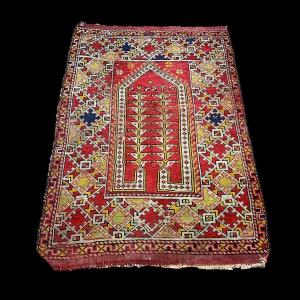




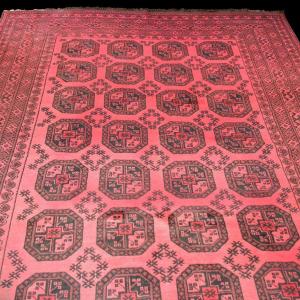
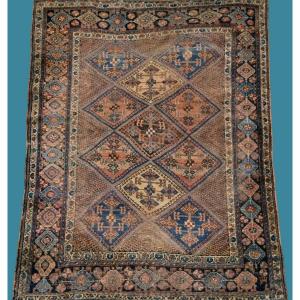




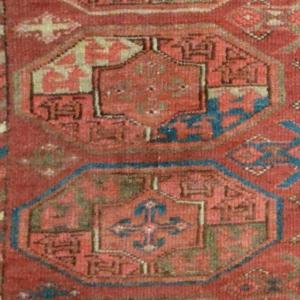








 Le Magazine de PROANTIC
Le Magazine de PROANTIC TRÉSORS Magazine
TRÉSORS Magazine Rivista Artiquariato
Rivista Artiquariato